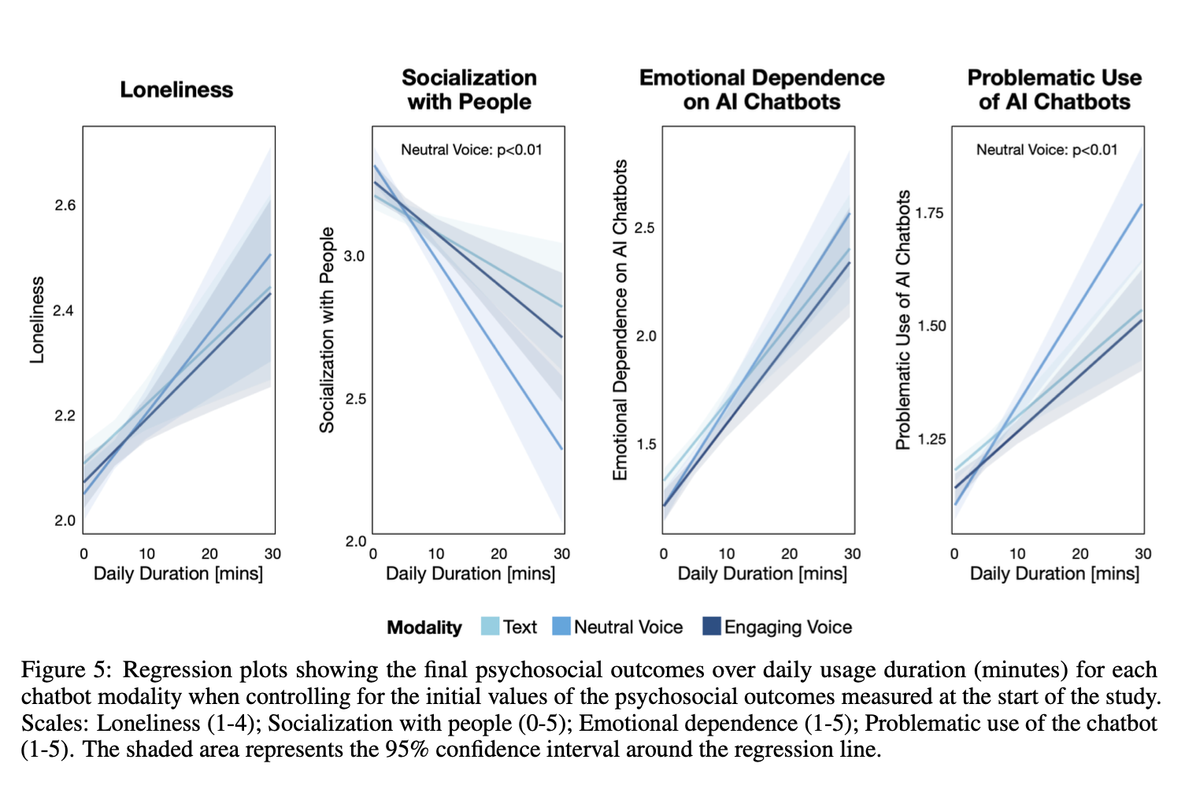The Potential of Chatbots to Trigger a Major Mental Health Crisis

The Impact of Social Networks and Chatbots on Mental Health
Introduction to the Issue
The influence of social media platforms on mental health, particularly among young people, has sparked considerable debate. Reports suggest mixed findings, with some indicating negative effects on mental well-being, especially for teens, while others argue there is no clear correlation between social media use and overall well-being. In 2023, the U.S. Surgeon General issued an advisory highlighting potential risks, and many lawmakers have since pursued legislation aimed at regulating social media use. However, many of these laws have faced legal challenges, often relating to First Amendment rights.
The Rise of Chatbots and Emotional Connections
With the ongoing discussions surrounding social media, attention is turning towards chatbots and how they may affect users’ mental health. Following a tragic incident in which a mother sued a chatbot company after her son’s suicide, the conversation has deepened. As more people engage in emotional and sometimes romantic interactions with chatbots, the question emerges: how will these virtual companions shape our lives and emotional well-being? As chatbots continue evolving, they are becoming increasingly personalized and engaging, raising concerns about their long-term effects on human relationships.
Recent Research Insights
Recent studies conducted by the MIT Media Lab and OpenAI have shed light on this topic. They analyzed over four million ChatGPT conversations and surveyed participants about their feelings after interactions with the chatbot.
- Study Methods:
- Conversation Analysis: Researchers reviewed a large dataset of conversations.
- User Surveys: Participants were surveyed about loneliness, real-life social interactions, and their perceptions of using ChatGPT.
The studies revealed a generally neutral relationship between users and ChatGPT. However, a concerning trend emerged among heavy users—those in the top 10% of usage—who reported feelings of increased loneliness and emotional dependence on the chatbot.
Key Findings from the Studies
Lack of Direct Causation: The research does not definitively state that heavy chatbot use leads to loneliness. Rather, it suggests that individuals experiencing loneliness may gravitate towards chatbots for emotional connection, similar to how isolated individuals may turn to social media for engagement.
Power Users’ Experiences: Heavy users showed a noticeable connection between long chatbot interactions and loneliness, which raises questions about the reliance on these digital companions as emotional support.
- OpenAI’s Commitment: OpenAI’s initiative to openly publish their findings demonstrates a commitment to understanding the implications of chatbot use, offering an example for other tech firms to follow.
The Need for Responsible Design
As the technology develops, the challenge for chatbot makers is how to design these interactions responsibly. Here are potential safeguards that can be implemented:
Understanding User Behavior: Developers should use machine learning tools to identify patterns indicating unhealthy usage, such as prolonged sessions without breaks.
User Notifications: Platforms could introduce nudges similar to those in social media, reminding users to step away if they have been interacting with a chatbot for an extended period.
Design Ethics: Chatbots designed for emotional bonding should incorporate user well-being into their development process. This concept, termed "socioaffective alignment," aims to create bots that meet user needs without fostering dependency.
- Legislative Considerations: New guidelines may be needed to ensure that chatbot products do not exploit vulnerable users. There is an increasing likelihood that current regulations for social media platforms will extend to cover AI and chatbots.
Final Thoughts on Chatbot Functionality
While a large segment of the population may benefit from chatbot interactions, important considerations remain. The capacity for these interactions to provide emotional support and comfort indicates their growing role in many people’s lives. However, as the research hints at possible detrimental effects, chatbot creators and legislators must take proactive steps to ensure that the technology enhances rather than harms user well-being. Developers must embrace their responsibility in shaping a future that prioritizes the mental health of users. As we move forward, it’s essential to strike a balance that harnesses the benefits of these digital companions while safeguarding against potential risks.





